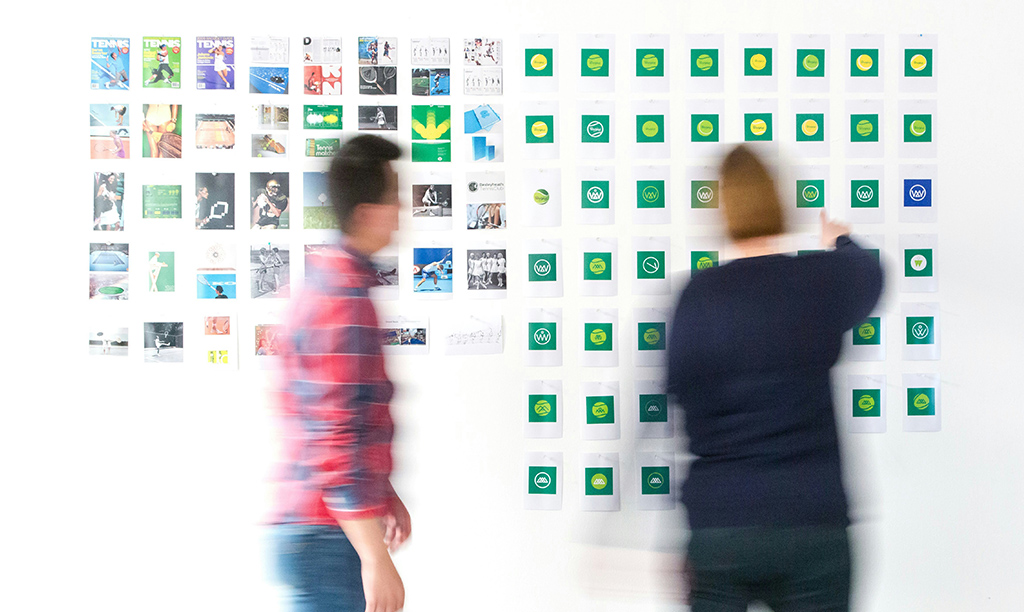Whiplash Team, May 17th, 2024
Is AI replacing traditional design?
Artificial intelligence (AI) is redefining multiple industries, and branding is no exception. More and more companies are adopting AI to design their brands, from creating names and logos to configuring complete brand identities. However, is it the best option to leave brand design exclusively in the hands of algorithms?
AI has entered the branding world with promises of efficiency, speed, unlimited creativity, and, above all, low costs. Tools like NameMesh and Logojoy allow companies to generate brand names and logos in minutes. With advanced algorithms, they analyze trends, market preferences, and consumer behaviors.
These tools are fast and economical, making them an attractive option for small companies with limited budgets. However, delegating the entire brand design process to AI has its drawbacks.
Firstly, human creativity and intuition remain unmatched. Specialized designers not only create logos and names but also tell stories and build identities that create emotional connections with the audience.
The Human Factor
Although AI is advancing by leaps and bounds, there are still areas where a trained designer’s creativity, experience, empathy, and ability to understand the target audiences’ needs from a human perspective are fundamental. Among the main drawbacks of delegating brand identity design to AI, we can highlight:
1. Lack of emotional depth: AI cannot understand deep cultural and emotional contexts. A designer can capture cultural nuances and traditions, incorporating them into the design in a way that authentically resonates with the target audience.
2. Originality and differentiation: Although AI can generate many options, these often lack the originality a designer can bring. Algorithm-generated solutions may appear generic or similar to other brands in the market, reducing competitive differentiation.
3. Flexibility and adaptation: A design team can adapt and evolve with the brand, adjusting and refining the identity according to market changes and the company’s needs. Conversely, AI offers static solutions that may not remain relevant in the long term.
4. Coherence in brand identity: Building a coherent brand identity goes beyond a logo and a name. It involves the tone of voice, company values, and customer experience. An integrated design team can ensure that all these elements align perfectly, while AI may fragment the brand identity by focusing only on specific components.
The value of a specialized design team
It’s not about dispensing with AI as a tool, but about understanding that it is an instrument that does not replace the creativity and emotionality that the human team brings. The combination of both, AI and human creativity, can balance the scales and deliver better results.
While AI might provide efficiency and an innovative starting point, the human touch truly brings a brand to life. A specialized design team brings technical and creative skills and a deep understanding of the market and consumer behavior.
Having professionals who interpret and guide the insights generated by AI allows companies to develop strong and coherent brand identities. These teams should work closely with other departments, such as marketing and sales, to ensure the brand identity is visually attractive, functional,l and effective across all platforms and communication channels.
Companies seeking a truly distinctive and resonant brand identity should consider AI a complementary tool, not a substitute for human talent. The synergy between technology and creativity is the future of branding, and it is crucial not to lose sight of the irreplaceable value of specialized designers.




